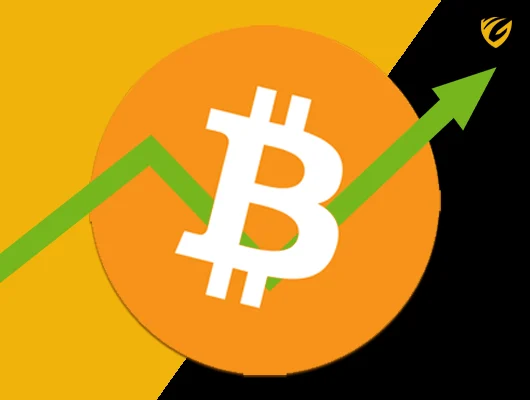More Than 90% of Stablecoin Transactions Aren’t From Real Users, Study Finds
By YGG News • May 6, 2024
More Than 90% of Stablecoin Transactions Aren’t From Real Users, Study Finds
Stablecoins, often hailed as the future of payments, may face a significant hurdle, according to a recent study. Visa, in collaboration with Allium Labs, has developed a metric revealing that over 90% of stablecoin transaction volumes are not originating from genuine users. This finding challenges the notion that stablecoins are on the verge of revolutionizing the payments industry, despite the involvement of major fintech players like PayPal and Stripe.

The Metrics
Out of a staggering $2.2 trillion in total stablecoin transactions recorded in April, only $149 billion was identified as originating from “organic payments activity” by Visa’s analysis. This indicates that the vast majority of stablecoin transactions are driven by factors other than genuine user transactions, such as bots and large-scale traders.
Implications for Stablecoin Adoption
The dominance of non-organic transactions raises questions about the readiness of stablecoins to be widely adopted as a means of payment. While proponents argue for their potential to reshape the payments landscape, the data suggests that stablecoins are still in a nascent stage of development.
John Collison, co-founder of Stripe, remains optimistic about stablecoins, citing “technical improvements” as a reason for bullishness. However, Pranav Sood of Airwallex emphasizes the need for focus on improving existing payment infrastructure before stablecoins can fulfill their long-term potential.
Challenges in Measuring Crypto Activity
Tracking the true value of cryptocurrency transactions has always been challenging. The decentralized nature of blockchain technology and the potential for double-counting transactions further complicate efforts to accurately assess crypto activity.
Major players like PayPal and Stripe have entered the stablecoin space, recognizing the potential for instant and low-cost transfers. However, despite the growing interest, demand for stablecoin-based solutions remains tepid among consumers and businesses alike.
The Road Ahead
While stablecoins hold promise for disrupting the payments sector, significant barriers to adoption remain. User-friendliness and technological hurdles must be addressed before stablecoins can achieve widespread acceptance comparable to traditional payment methods like checks.
In conclusion, while stablecoins continue to garner attention and investment from major players in the fintech industry, their journey towards mainstream adoption as a viable payment solution faces significant challenges that must be overcome.



